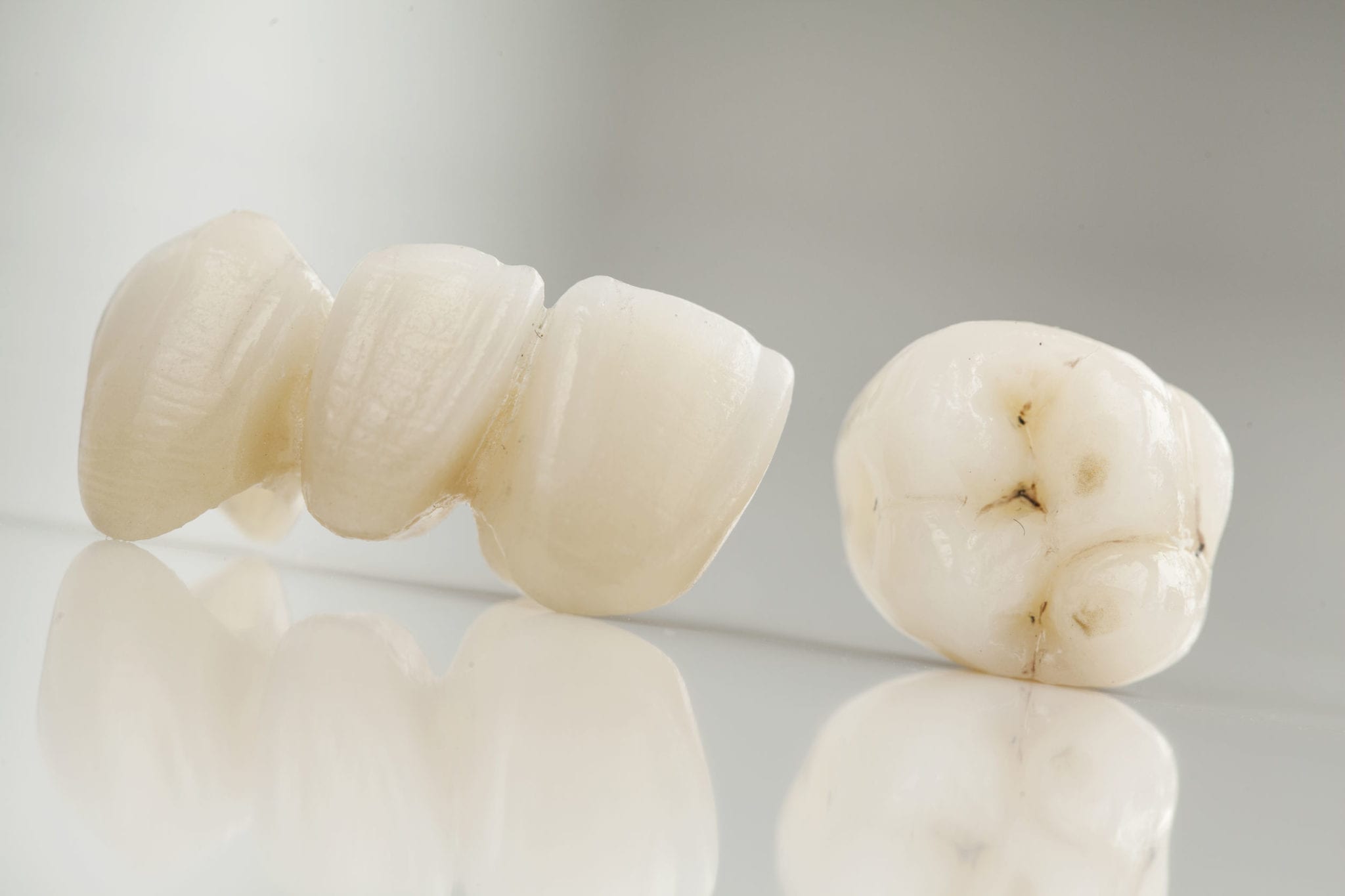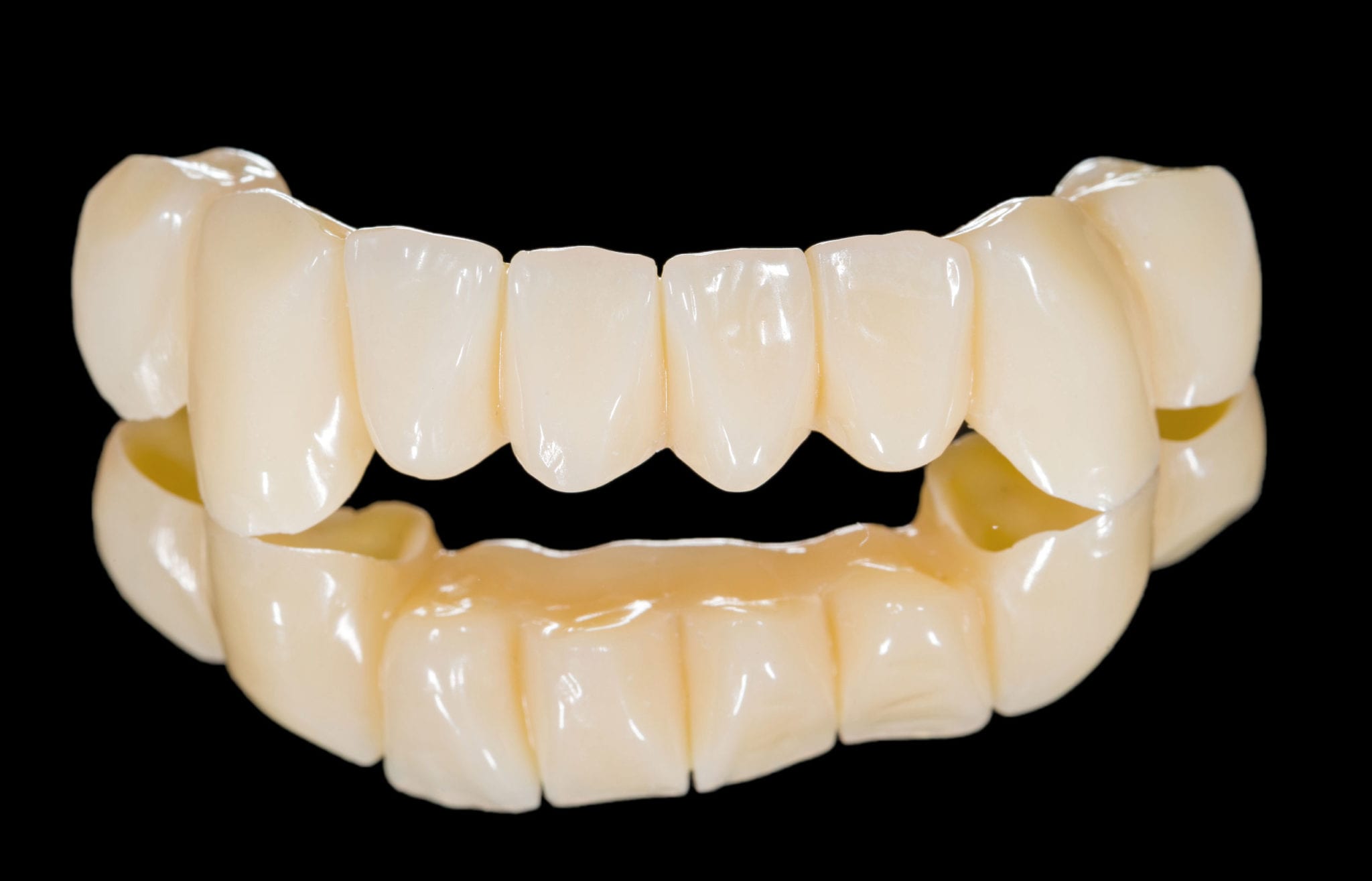
If you have one or more missing teeth, a dental bridge can offer you several benefits. In this post, we’ll answer all your questions about the different types of dental bridges and show you how they can improve your oral health by looking at what bridges are and how they work.
What Is a Dental Bridge?
Quite simply, a bridge fills in the gaps left by missing teeth. It’s an oral appliance that is fixed to teeth on either side of the gap.
Unlike dental implants, bridges do not need an implanted screw or cylinder to stay fixed in your mouth. You simply need healthy teeth on either side of the gap for the bridge to be placed.
Why Might I Need a Dental Bridge?
If you have a gap between your teeth, you could have several problems if you don’t get a bridge.
The teeth next to the gap can loosen and shift. The movement can have a negative impact on your bite and make it harder for you to chew or speak. Long-term problems may involve gum and bone loss, oral infections, or other issues with your head, ears, nose, and throat.
If you have lost a permanent tooth, the question is not whether you need a dental bridge. It’s what kind of bridge you need. We’ll get to that in a moment.
What Are the Benefits of Dental Bridges?
Tooth loss can cause you to feel self-conscious or embarrassed. By filling in the gap, a bridge can boost your confidence and give you a beautiful smile again. It can also help you to regain full ability to speak and chew. Additionally, a bridge helps your other teeth stay in place and it keeps your face from sagging or changing shape.
What Are the Different Types of Dental Bridges?

Traditional bridges are made of porcelain or ceramic. They are realistic-looking and sturdier than other options. They are also the most expensive option.
Another type of bridge is called a cantilever bridge, which has support on only one side. They are best used to fill in the gap of a single tooth.
A bonded bridge has metal clips that are affixed to the adjacent teeth. This is a less expensive option, but it also may not fit as securely as a traditional bridge.
How Are Dental Bridges Installed?
You need healthy teeth on either side of the gap for a bridge to be installed. Your dentist will first file down the adjacent teeth and affix crowns to each of them. This process is permanent since tooth enamel cannot be replaced. The dentist will also take impressions of your teeth so the bridge can be created in a laboratory. A temporary bridge will be installed while you wait for the permanent one.
Then the false tooth, called a pontic, will be cemented to the crowns and the bridge will be placed into your mouth. Your dentist will perform several tests to make sure the bridge fits well.
What Care Is Required for a Dental Bridge?
With good care, a dental bridge has a 10-year lifespan. Good oral hygiene is always important, but it is crucial when you have a bridge. You need to brush twice daily and floss every day, and you should also consider using a water flosser to reach inside the tiny spaces within the bridge.
Have more questions? Contact us today for a consultation about the best dental bridge option for you.






